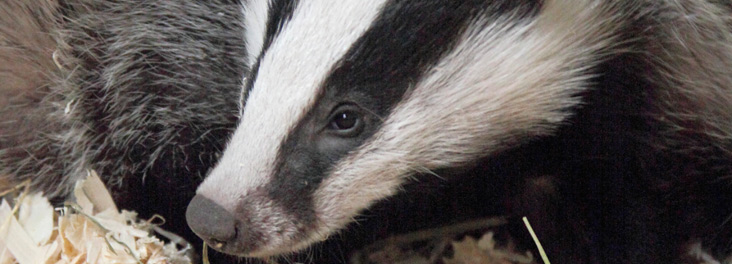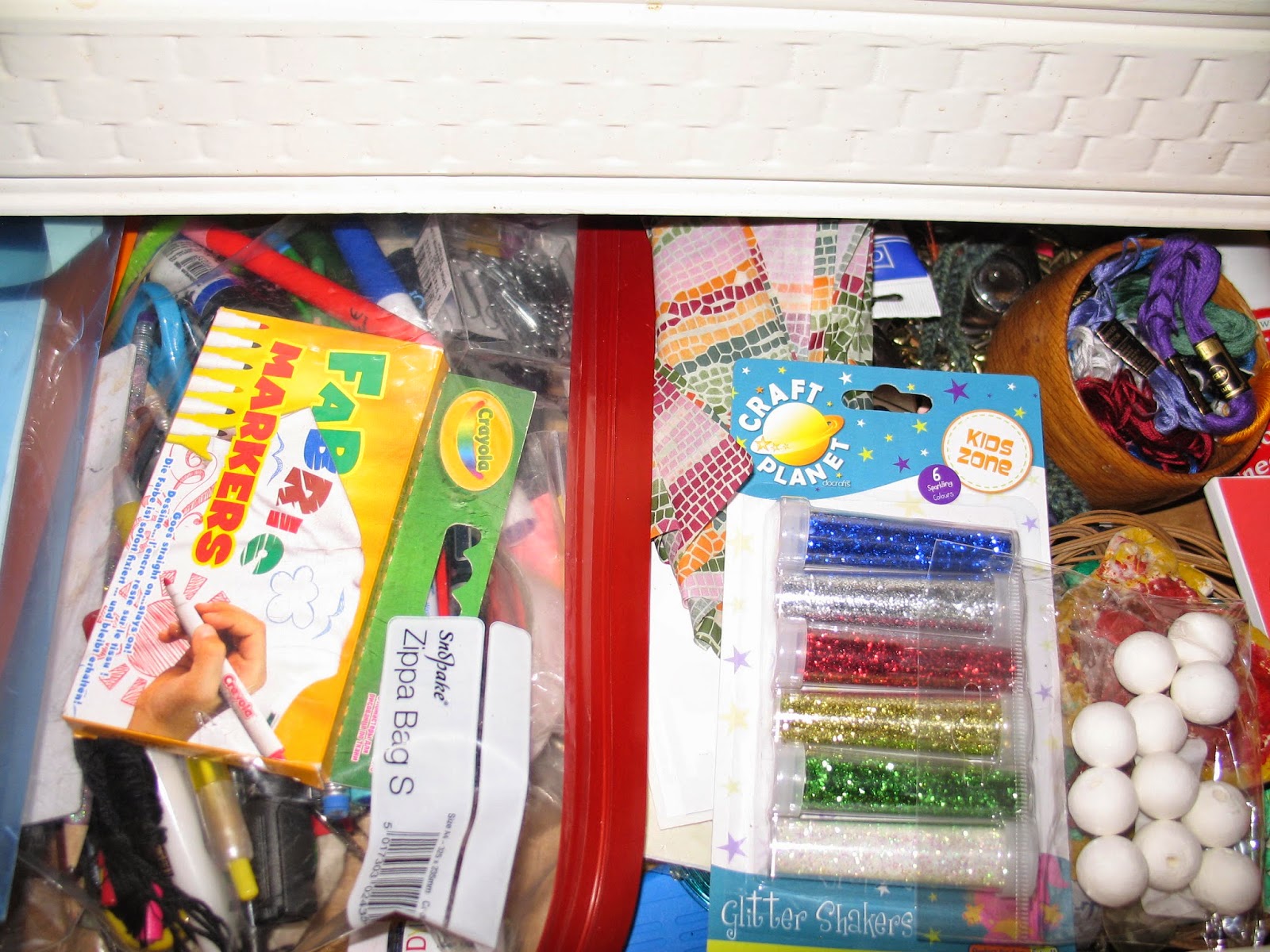As a work-at-home writer and crafter (or working towards that goal) I would love to have a dedicated work space. At the moment we're renting a home and my things are spread throughout the house:
- In the kitchen is where I do large scale priming and varnishing of wooden shapes, and when I'm working on these they are spread out on the floor around the edge of the room
- In the dining room I share a computer and desk with Hubby. My writing files are piled up on the floor in the corner. My sewing machine lives on the floor under the dining table. Various half-finished craft projects are moved between the floor and the dining table and back again at meal times.
- In the sitting room I have any knitting or hand-sewing projects in progress around my chair.
- In the bedroom I have my craft books, my knitting wool and my fabric store.
- In the hallway I have a chest of drawers full of crafting paraphernalia, paint, paper etc. and a shelf for all my writing books.
Not ideal, but only a temporary stop-gap.
So now I get to dream about a potential dedicated work space in our new house. It's difficult to guess ahead, as we don't know what kind of property we're going to end up with: 3 bedrooms or 4; an attic or cellar space; a conservatory; how big or small the rooms are. We just don't know yet.
What I would like is one dedicated space where I can keep all my things and do my work and crafting, whether that's in the spare bedroom, in the attic with the model railway, in a cubby under the stairs, or in a corner of our bedroom. Then I can make it work for me.
Here's what it needs:
- a desk or table with a computer or laptop and printer;
- my crafting drawers;
- a small bookcase for all my files and writing and crafting books;
- more storage for fabric, wool, sewing machine, Sunbow stock, packaging materials;
- a little bit of floor space;
I've been searching on Pinterest for some ideas that I love and have created this board. Here are a few snippets to whet your appetite:
 |
| from apartmenttherapy.com |
 |
| from ironandtwine.blogspot.co.uk |


































